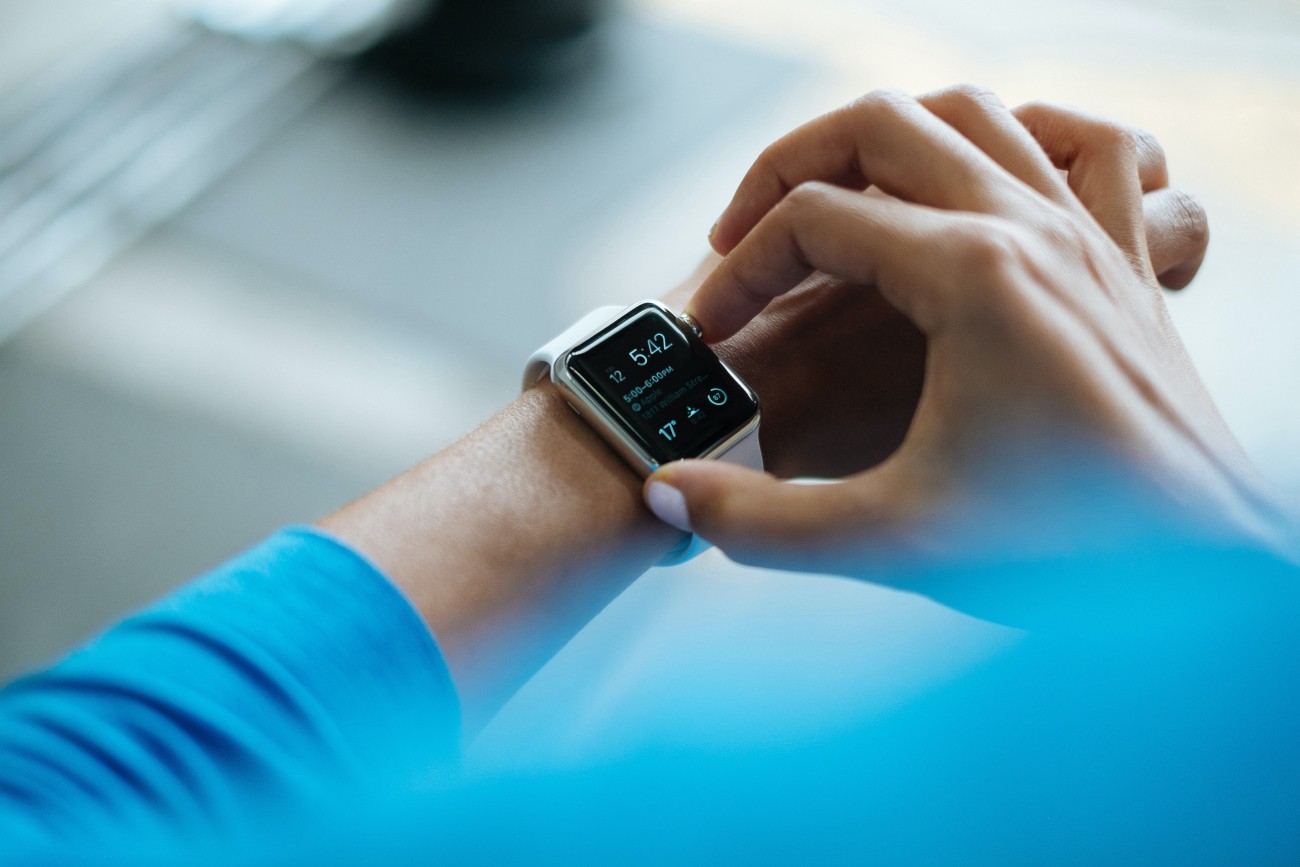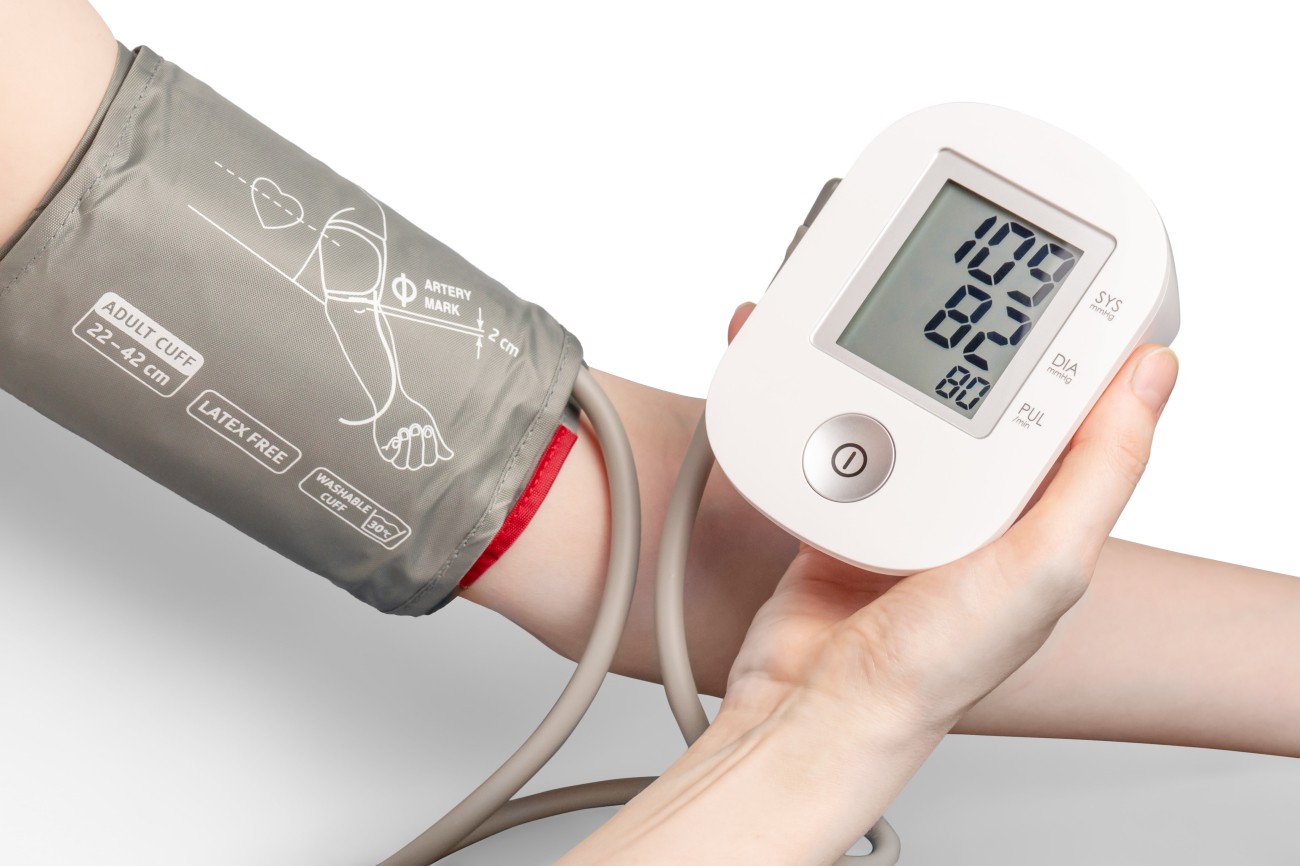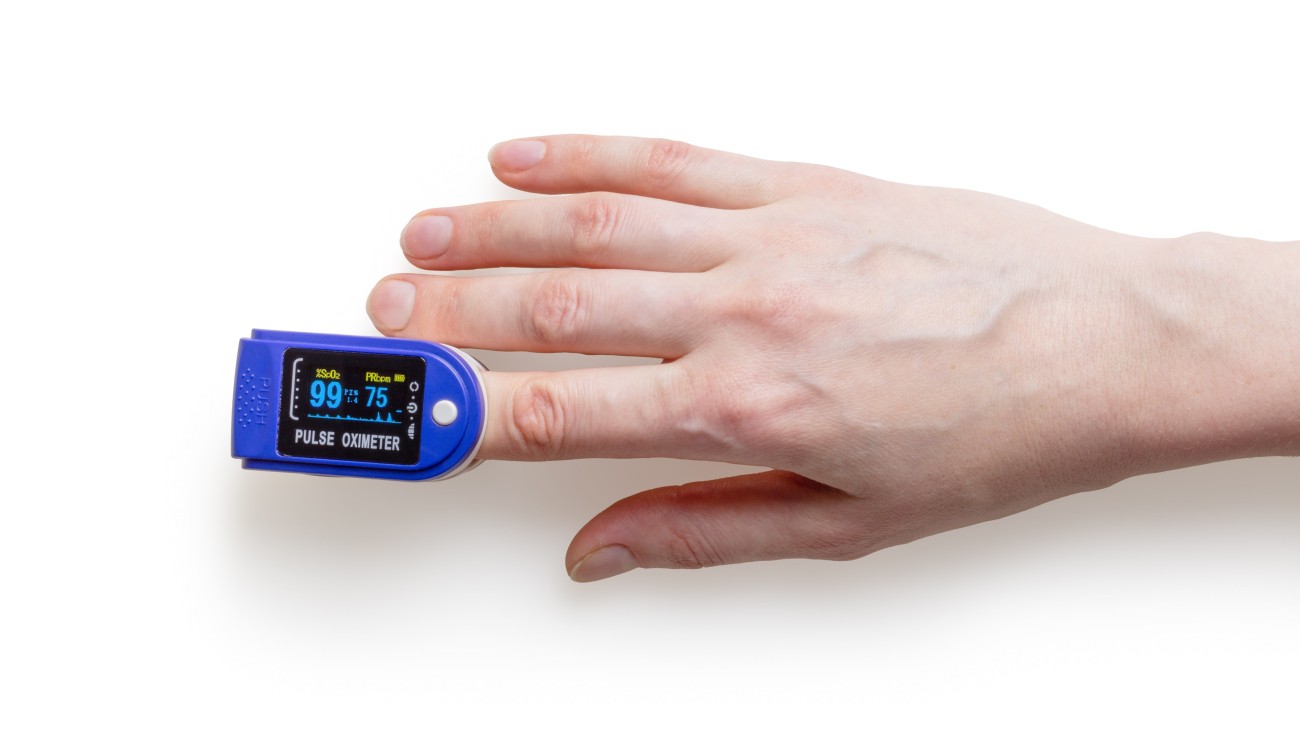

Methods of treatment by therapy: Claim carefully
What is in the European patent law regarding therapy?
To recap, Article 53(c) EPC states that the EPO shall not grant patent protection on methods for treatment of the human or animal body by surgery or therapy and diagnostic methods practised on the human or animal body…
One of the most important reasons of why methods for treatment are not patentable is that the patent system should not hinder medical practitioners to offer the best possible care for the patients. Thus, the EPO decided to simply not grant any claims directed to a “method of treatment by surgery or therapy”. It is worthwhile to say that, for example, US grants patents on methods of treatment. However, medical practitioners in the US are still not liable for infringement, anyway that is a topic that we will approach in a later post.

What is therapy according to the European Patent Office?
According to the EPO, therapy is the curing of a disease or malfunction of the body … It is concerned with bringing the body from a pathological state back into its normal, healthy state or preventing a pathological state. (G‑II, 4.2.1.2). Therapy also is the treatment of a disease in general or to a curative treatment in the narrow sense as well as the alleviation of the symptoms of pain and suffering T144/83 (OJ1986, 301). This covers, for example, methods for delivering radiotherapy, functional electrical stimulation, or even mechanical forces.
It is not necessary that all method steps have a therapeutic purpose. A single method step is sufficient for a claim to fall under the exception to patentability of Art. 53(c) EPC (G‑II, 4.2.2).
Another complicated topic involves clinical trials. Opposite to what many researchers would immediately think, clinical trials have a therapeutic aspect for the subjects undergoing them and thus, the experimental methodology applied may also fall under the exception of Art. 53(c) EPC (G‑II, 4.2.2). Of course, this depends on the specific circumstances of the case.
A new application of a known apparatus is currently not recognized by the EPO for providing novelty to a claim, and thus may not be sufficient to obtain a patent. For example, the same nerve stimulator typically used to alleviate symptoms of epilepsy was not allowed to be patented specifically for the use of alleviating symptoms of substance addiction. The reason was that the apparatus in question was the same and did not offer any new technical effect (T 2369/10).

What can be protected by a patent, then?
It is possible to apply for patents that relate to medical devices, computer programs and storage media which comprise features corresponding to that of a method for treatment of the human or animal body by surgery or therapy, because only claims related to methods may fall under the exception of Art. 53(c) (G‑II, 4.2.1).
In other words, and similar to our previous post in surgical methods, the safest route is to direct patent applications to apparatus. Even an apparatus configured (e.g. programmed) to perform certain therapeutic acts, may be patentable, as it is not the method itself that is claimed, so the medical practitioners are not hindered to do their work.
One approach is to show that no functional relationship exists between the method related to the apparatus and the therapeutic effect of the apparatus on the body. That is the case of methods of measuring or recording characteristics of the human or animal body. For instance, a method for measuring a flow within an implantable medication dispenser was allowable because the flow itself was not affected, hence not involving a therapeutic effect (T 245/87). The therapy itself was given by the medical practitioner, who would decide on the operation of the dispenser.
In another example, methods for manufacturing orthoses, prostheses, or other implantable devices could be patentable as long as the manufacture takes place outside the body and no surgical step is included for, for instance, taking measurements (G‑II, 4.2).
In summary, medical innovations for therapy can be protected, not as therapeutic methods per se but by apparatuses for use in such methods (G‑II, 4.2).This includes methods related to the functioning or manufacture of such apparatus.

It really depends on how you say it
Whether or not a claim to an invention is excluded from patentability under Art. 53(c) EPC depends upon the wording of the claim in question (CLR I B, 4.4.2). The line between something allowed and not allowed maybe very thin.
If you have any questions regarding IP protection of medical devices, do not hesitate to contact us (Healthcare | NLO). For more information on protection of IP of any matter please subscribe to NLO’s LinkedIn account.
Any questions?
If you have any questions regarding IP protection of medical devices, do not hesitate to contact us via Healthcare | NLO.
For more information on protection of IP of any matter please subscribe to NLO’s LinkedIn account.
Health Focus Group: NLO's special taskforce
You can read more articles on IP, healthcare and medical devices here:
- A matter of life and death in Healthcare | NLO
- Methods of treatment by surgery: tread carefully | NLO
For more information on protection of your intellectual property, please subscribe to NLO@LinkedIn or contact one of our IP experts: Healthcare | NLO.


